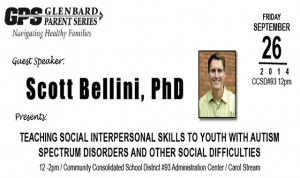 Derek Unnasch from EliteXTraining in Lombard, IL shared the following blog with Healthy Lombard.
Derek Unnasch from EliteXTraining in Lombard, IL shared the following blog with Healthy Lombard.
For the past decade, the importance of ‘core’ has been stressed like never in exercise history. Infomercials have been hawking countless contraptions promising amazing abdominals and the proverbial loss of inches around the waist. It’s true that core is very important, but just how important is it and are we really training it effectively?
Here’s a few points I’d like to make:
1.) The scope of your Core is 360 degrees.
That is to say, generally speaking, the core consists of the abdominal wall(front), obliques(sides), and spinal erectors (lower back). Unfortunately, the majority of so-called ‘core training’ concentrates on just the abs. As Elite X Training’s master group exercise instructor Tracy Bushka will tell you, this can lead to imbalances that may promote back problems. Work the whole core!
2.) Working Core every day of the week = ‘Waist’ of time
The core muscles, like every muscle in the body, need time to recover. If you work them rigorously every single day of the week as some people would suggest is ideal, you may just be burning calories(ineffectively, I might add) and will plateau rather quickly in your development. Optimal training frequency will depend on the intensity of your core routine. If you do a limited number of sets with little to no resistance, you might effectively train core 3-4 days a week. However, if you perform 60 minutes of heavy, resistance-based work, you may require a week to fully recover.
3.) Using resistance will NOT make your waistline bulky
Okay, so there are bodybuilders with muscular, protruding bellies, but they are typically relying upon more than just exercise to achieve their condition, so disregard them. You have only two variables to consider with respect to the condition of your core – muscular development(bigger or smaller) and body fat levels(higher or lower). Ideally you will work to develop all the core muscles to make them tight and strong while simultaneously jacking your metabolism up to flush away the excess body fat
Now, even the most rigorous workout regimen ever conceived will not result in a rippling six pack if you aren’t eating properly. Sadly, many have developed core muscles that will remain forever hidden under layers of cellulite. WWE Superstar Sone Cold Steve Austin sums it up best, saying, “You can’t out-train a bad diet.” And that’s the bottom line!
 Impact DuPage is a group of community leaders and organizations working together to understand the needs and priorities of DuPage County residents.
Impact DuPage is a group of community leaders and organizations working together to understand the needs and priorities of DuPage County residents.











